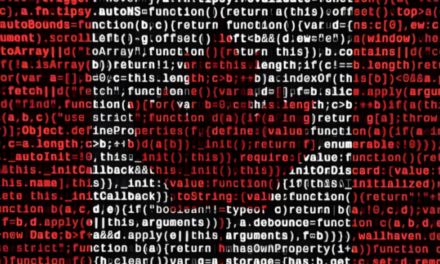The pressures of today’s world can feel overwhelming for students. From academic demands and social expectations to the constant hum of information overload, the burden on young minds can be significant. This, coupled with the often-unaddressed stigma surrounding mental health, can lead many students to struggle in silence. Statistics indicate a rise in mental health concerns among students, with anxiety and depression impacting their academic performance, social interactions, and overall well-being.
However, there’s a growing wave of recognition and a beacon of hope emerging: education technology (Edtech) is stepping up to offer potential solutions.
Shining a Light on the Hidden Struggle:
Imagine a classroom where students feel comfortable discussing their emotional well-being, not in hushed tones but openly and confidently. This shift in attitude is crucial, and Edtech can be a powerful tool in facilitating it.
- Building Bridges, Not Walls: Platforms like virtual therapy sessions and online support groups can connect students with mental health professionals and peers, dismantling geographical barriers and fostering a sense of community. These platforms can provide a safe space for students to express themselves, share experiences, and receive support without judgment.
- Early Intervention is Key: Imagine wearable technology that tracks sleep patterns, activity levels, and other indicators of emotional well-being, potentially alerting educators or parents to potential issues before they escalate. While technology should complement, not replace, human interaction, such early intervention can be crucial in preventing challenges from growing larger.
- Empowering with Knowledge: Educational tools can equip students with the skills they need to navigate their emotional landscape. Mindfulness apps, virtual reality simulations of stressful situations, and online courses on self-compassion and emotional regulation can empower students to understand and manage their emotions effectively.
- Building Resilience for the Long Haul: Imagine an AI-powered app that identifies early signs of stress in students and offers personalized coping mechanisms, mindfulness exercises, or even connects them to resources. This personalized approach can break down barriers and provide much-needed support before anxieties take hold.
Challenges and Considerations:
While Edtech offers immense potential, it’s crucial to address the challenges:
- Privacy is Paramount: Data privacy and security are paramount when dealing with sensitive information. Ensuring transparency and robust data protection measures is essential.
- Bridging the Gap: Not all students have equal access to technology and reliable internet connections. Bridging the digital divide is crucial for equitable access to mental health resources.
- Human Connection Matters: Technology should complement, not replace, human interaction. Trained professionals and genuine connection remain crucial for addressing complex mental health issues.
- Ethical Considerations are Vital: The development and use of Edtech for mental health must adhere to ethical guidelines, ensuring it is culturally sensitive, evidence-based, and avoids potential harm.
The Way Forward:
By acknowledging the challenges and approaching Edtech with ethical considerations in mind, we can harness its potential to create a positive impact on student mental well-being. Collaboration between educators, mental health professionals, technology developers, and policymakers is key. We need to create a supportive ecosystem where technology empowers students to navigate their emotions effectively and build resilience for the long haul.
Imagine a future where students feel empowered to manage their emotions, build resilience, and navigate their mental well-being with confidence. This future is within reach, and Edtech can be a powerful tool in making it a reality.
Pritish Kumar Halder, a passionate blogger for Edtech and mental health, believes in the transformative power of technology to empower students and build a brighter future.









